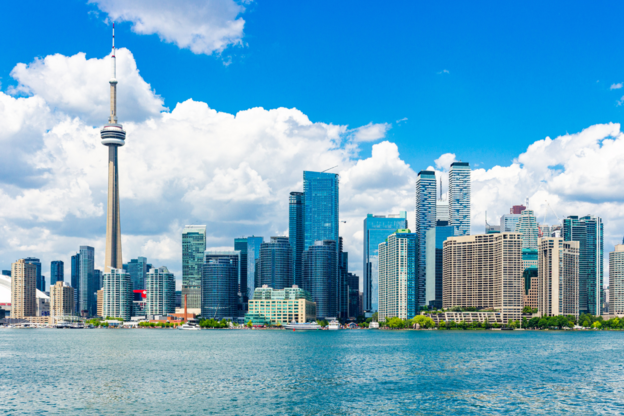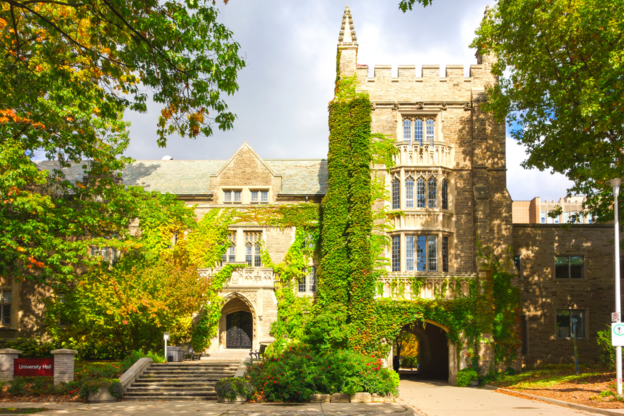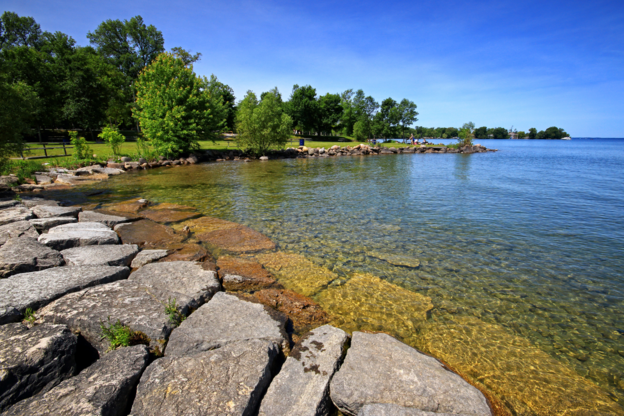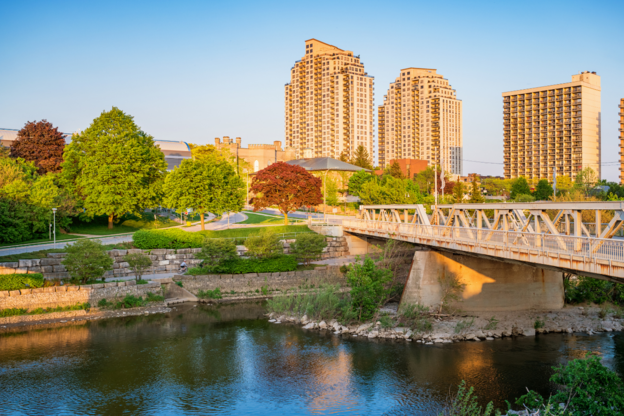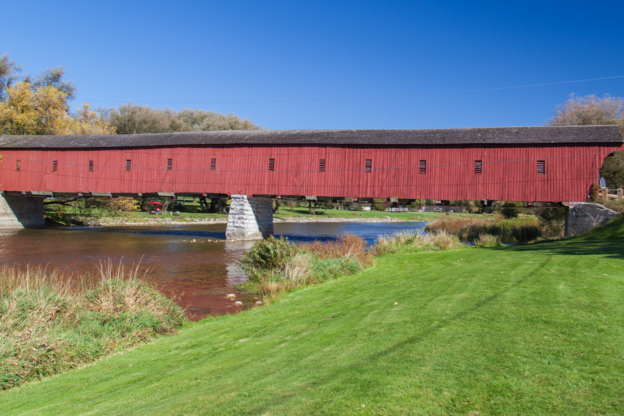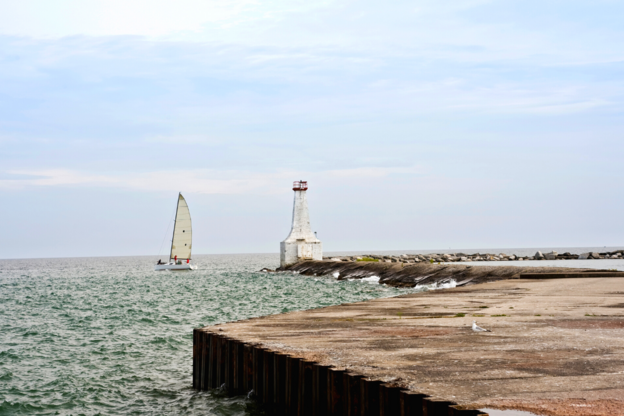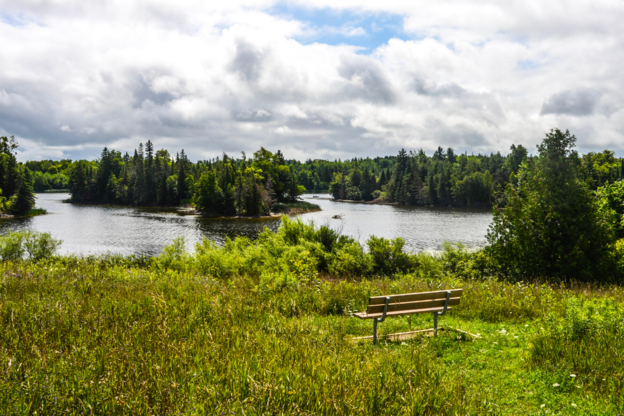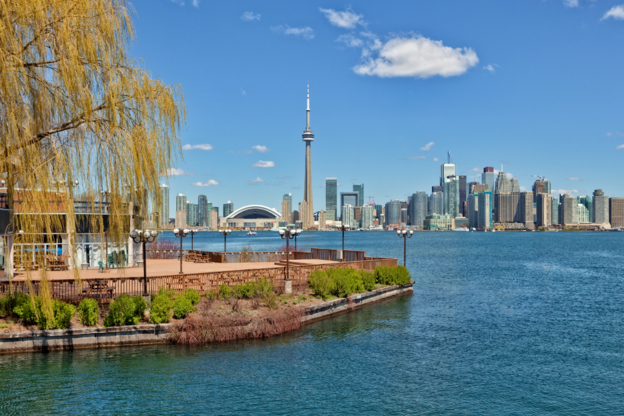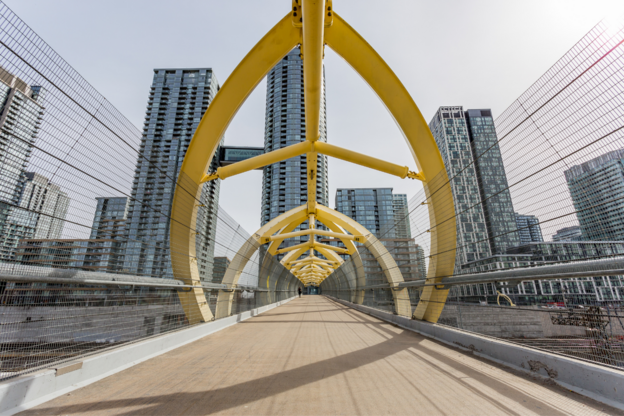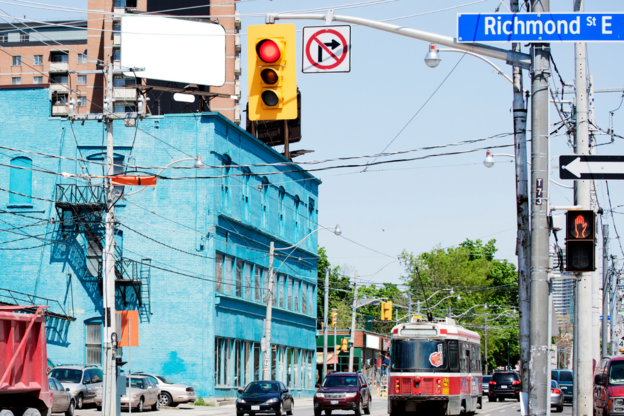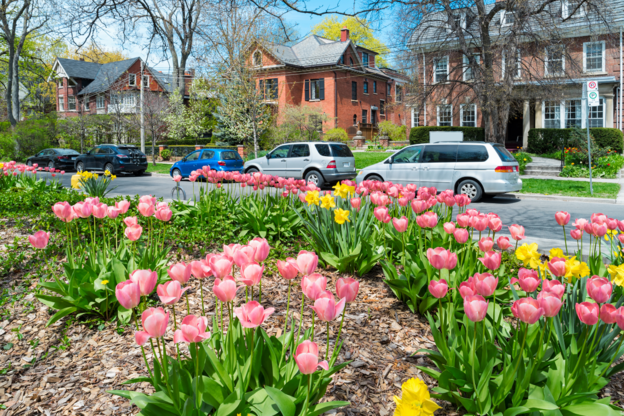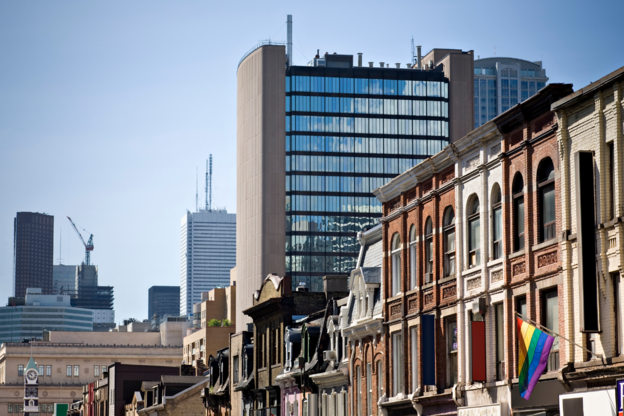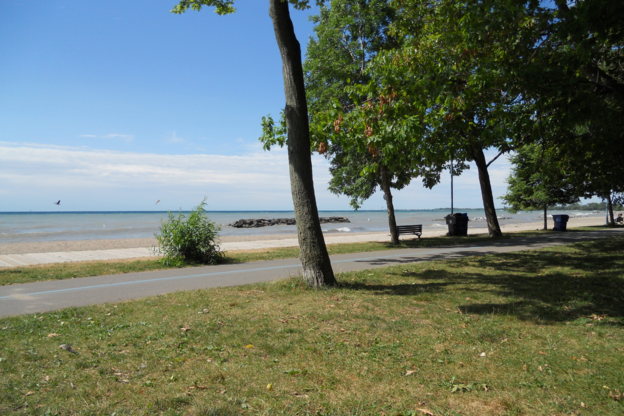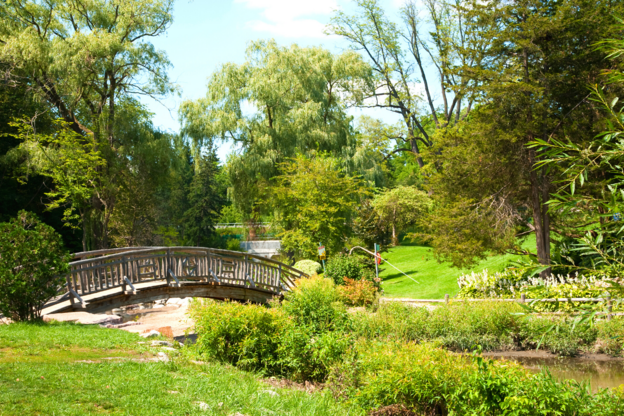ÉS Georges-P-Vanier
100 Macklin St N, Hamilton, ON L8S 3S1, Canada
Public
Grades 7 - 12
ÉSC Renaissance
700 Bloomington Rd, Richmond Hill, ON L4E 4S1, Canada
Catholic
Grades 7 - 12
ÉS Norval-Morrisseau
51 Wright St, Richmond Hill, ON L4C 4A2, Canada
Public
Grades 7 - 12
ÉÉ Pavillon de la jeunesse
105 High St, Hamilton, ON L8T 3Z4, Canada
Public
Grades PK - 6
ÉSAC Mère-Teresa
50 Lisgar Ct, Hamilton, ON L8T 4Y4, Canada
Catholic
Grades 7 - 12
ÉSC Sainte-Famille
1780 Meadowvale Blvd, Mississauga, ON L5N 7K8, Canada
Catholic
Grades 7 - 12
ÉSC Nouvelle-Alliance
249 Anne St N, Barrie, ON L4N 4X5, Canada
Catholic
Grades 7 - 12
ÉS Jeunes sans frontières
7585 Financial Dr, Brampton, ON L6Y 5P4, Canada
Public
Grades 7 - 12
ÉS Ronald-Marion
2235 Brock Rd, Pickering, ON L1V 2P8, Canada
Public
Grades 7 - 12
ÉSC Saint-Frère-André
330 Lansdowne Ave, Toronto, ON M6H 3Y1, Canada
Catholic
Grades 7 - 12
